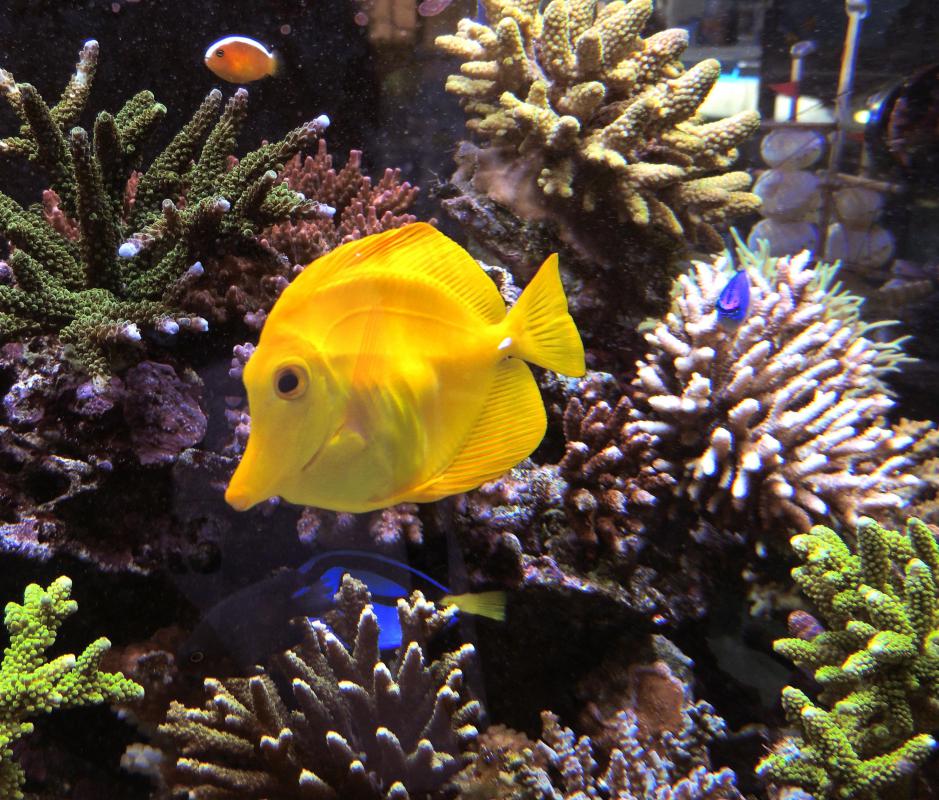At TheHealthBoard, we're committed to delivering accurate, trustworthy information. Our expert-authored content is rigorously fact-checked and sourced from credible authorities. Discover how we uphold the highest standards in providing you with reliable knowledge.
What is the Operculum?
The operculum is a medical term most commonly used for a covering of the human brain nicknamed the "little lid." The term is of Latin origin, derived from "operire," which means "to cover" or "to envelop." Due to its generalized meaning, the word has other uses besides referring to the human brain.
The brain's operculum is located at the back of the inferior frontal gyrus, which is a ridge at the frontal lobe. The operculum is divided by a groove called the Sylvian fissure, also known as the lateral sulcus. The frontal lobe and parietal lobe of the brain are split from the temporal lobe, creating distinctive upper and lower regions of the brain, respectively. Consequently, the operculum consists of three parts, each contributing to the brain's functions.

The frontal flap comprises a region known as Borca's area. This is located at the front and rear parts of the inferior frontal gyrus known as pars triangularis and pars opercularis, respectively. It is linked to the ability to speak, write and read. This particular region of the brain was named after Pierre Paul Broca, a French physician and anatomist who noticed the loss of speech in two patients who had received significant injury to their inferior frontal gyri.

The other parts of the brain's lid also play important roles in the brain. The parietal operculum is partly responsible for processing many of the body's senses, such as touch, sight, pain and temperature. The temporal operculum specializes in a person's long-term memory and hearing ability.
The term "operculum" has several other meanings. For instance, dental operculum refers to the hood of gum tissue that partially covers the crown of a tooth about to erupt. This is called a wisdom tooth, and when it does erupt, the covering tissue recedes from it. Teeth covered with flaps are particularly hard to clean, thus making them more susceptible to tooth decay and gum disease.

The medical term also applies to non-humans. In this sense, it is best known as the bony flap that covers the gills of a fish, thus acting as a protective shield. It also aids in obtaining oxygen from water that flows through the gills by lowering the pressure therein. Anatomically speaking, it serves as a demarcation between the fish's head and the body. The word operculum is also used to describe the fleshy flap on the beaks of birds such as pigeons and hawks; the covering of certain plants, algae and fungi; and the lid of gastropods such as freshwater and sea snails.
AS FEATURED ON:
AS FEATURED ON:














Discuss this Article
Post your comments